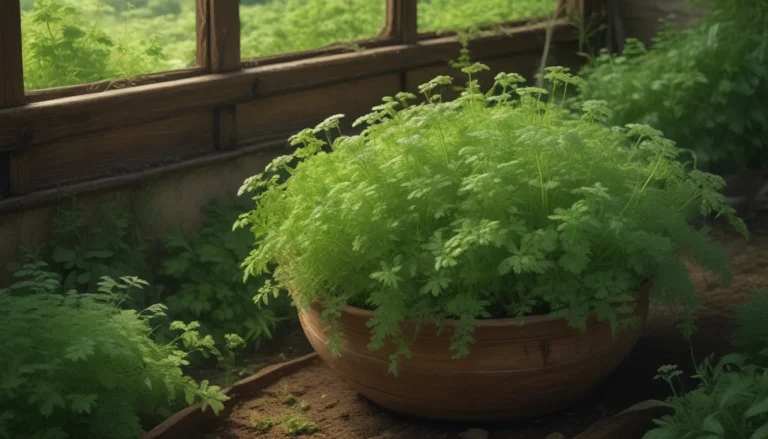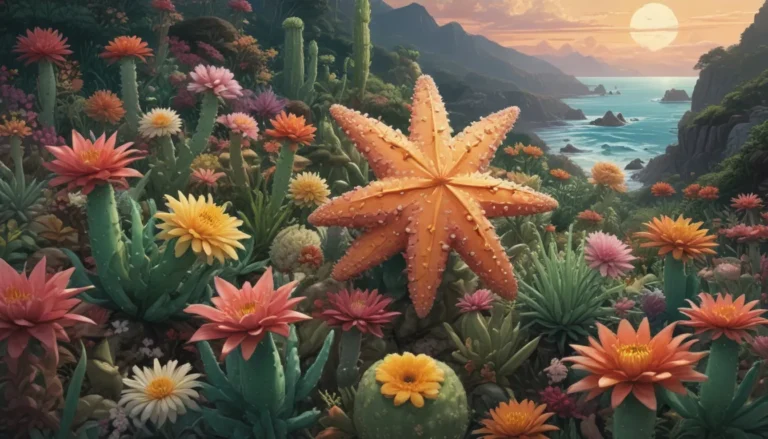Everything You Need to Know About Growing Purple Sage

Are you looking for a waterwise, low-maintenance shrub that adds beauty and fragrance to your garden? If so, then purple sage (Salvia dorrii) might just be the perfect plant for you.
This arid climate native boasts silver foliage and purple blooms that not only look stunning but also attract bees, butterflies, and other pollinators. In this comprehensive guide, we’ll walk you through everything you need to know about planting and growing purple sage in your landscape.
Let’s dive in and explore the fascinating world of this delightful desert dweller.
What Is Purple Sage?
Purple sage, also known as Salvia dorrii, is an evergreen woody shrub that thrives in arid climates. This species produces bicolored flowers in late spring to early summer, attracting attention with its fragrant blue flowers and purple bracts.
The shrub features silver foliage that ranges from greenish gray to blue to silver, with leaves that are oval to lance-shaped. Purple sage can survive temperatures as low as -20°F and is suitable for USDA Hardiness Zones 5 to 9.
Cultivation and History
Native to various western US states, including Arizona, California, Nevada, Oregon, Utah, and Washington, purple sage grows in arid regions among sagebrush populations in forests and shrublands.
Belonging to the mint family, purple sage has a long history of ethnobotanical uses. It has been utilized for medicinal purposes by various Native American tribes, including cold remedies and gastrointestinal treatments.
The plant gained widespread recognition when featured in Zane Grey’s 1912 novel, “Riders of the Purple Sage.”
Propagation
Purple sage can be propagated from seeds or cuttings. For seeds, ensure they undergo cold, moist stratification before planting to improve germination rates. Cuttings should be taken in autumn and rooted in well-draining soil.
Transplanting potted specimens involves preparing the planting area, ensuring proper spacing, and acclimating the plants before transplanting.
How to Grow
To grow purple sage successfully, ensure it receives full sun exposure and is planted in fast-draining soil with a pH between 6.0 and 7.8. This xeric plant requires minimal watering once established.
Growing Tips
- Plant in full sun.
- Use well-draining rocky or sandy soil.
- Provide irrigation as needed until established.
Pruning and Maintenance
Purple sage is a low-maintenance plant that does not require fertilizing. Mulch with rocks or gravel to prevent fungal issues and maintain neat growth without the need for deadheading.
Subspecies and Varieties
While no cultivated varieties are available, purple sage has two subspecies: S. dorrii ssp. mearnsii and S. dorrii ssp. dorrii, each with distinct characteristics and native ranges.
Where to Buy
Locating purple sage plants can be challenging, as they are not commonly found at big box stores. Nurseries specializing in Southwestern plants or local plant sales may offer seeds or transplants. Contact local botanical gardens or native plant societies for recommendations.
Managing Pests and Disease
Purple sage is resistant to deer and rabbits but may face fungal issues if overwatered. Plant in well-draining soil, avoid mulches with high organic content, and limit irrigation to prevent diseases.
Best Uses
Purple sage has a range of uses in the landscape, from serving as a pollinator attractant to providing food for birds and moths. It can be incorporated into wildlife gardens, rock gardens, slopes, and xeric landscapes.
Quick Reference Growing Guide
For a quick reference guide on growing purple sage, refer to the detailed table below:
Plant Type: Evergreen woody shrub or shrublet
Flower / Foliage Color: Purple and blue / silvery blue to grayish green
…
A Darling of a Desert Dweller
In conclusion, purple sage is a versatile, low-maintenance plant that adds beauty, fragrance, and ecological benefits to your garden. Whether you use it as an accent plant, hedge, or medicinal herb, this waterwise species is a valuable addition to any landscape.
Are you ready to introduce this charming desert dweller to your garden? Share your plans and experiences with purple sage in the comments below. And for more tips on xeric landscaping, check out our related articles on growing other drought-tolerant plants.
By revamping the original article in an engaging, educational format, we aimed to provide readers with a valuable, comprehensive guide to growing purple sage. The conversational tone, bullet points, and additional sections enhance readability and offer practical insights for cultivating this beautiful plant.





